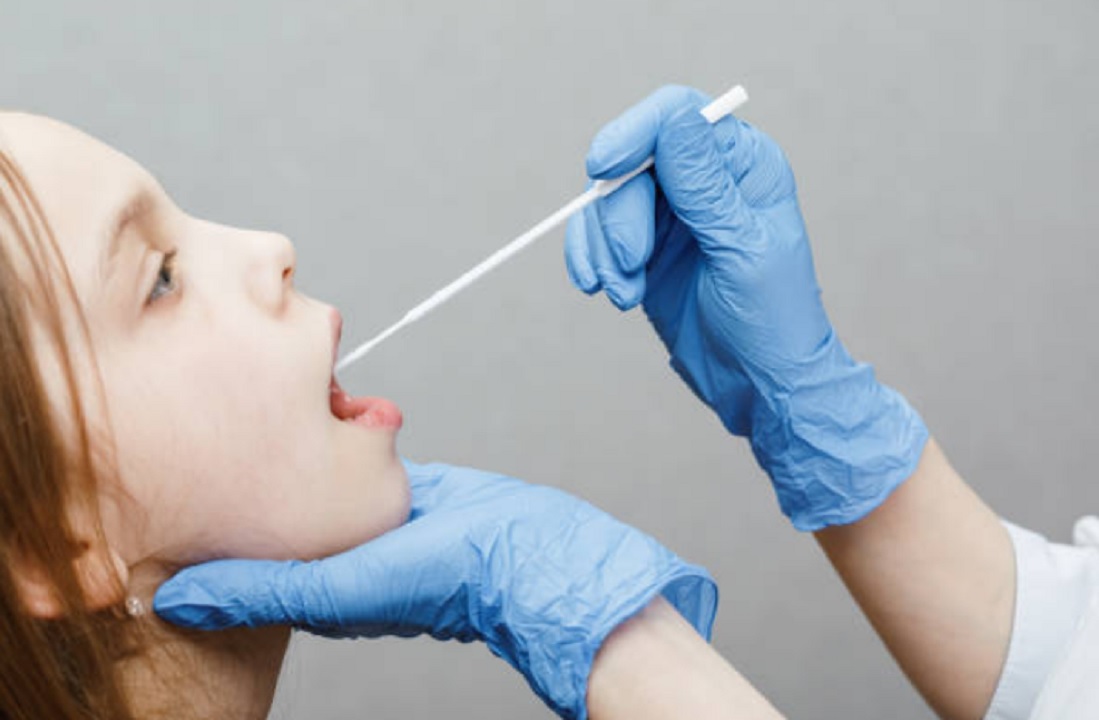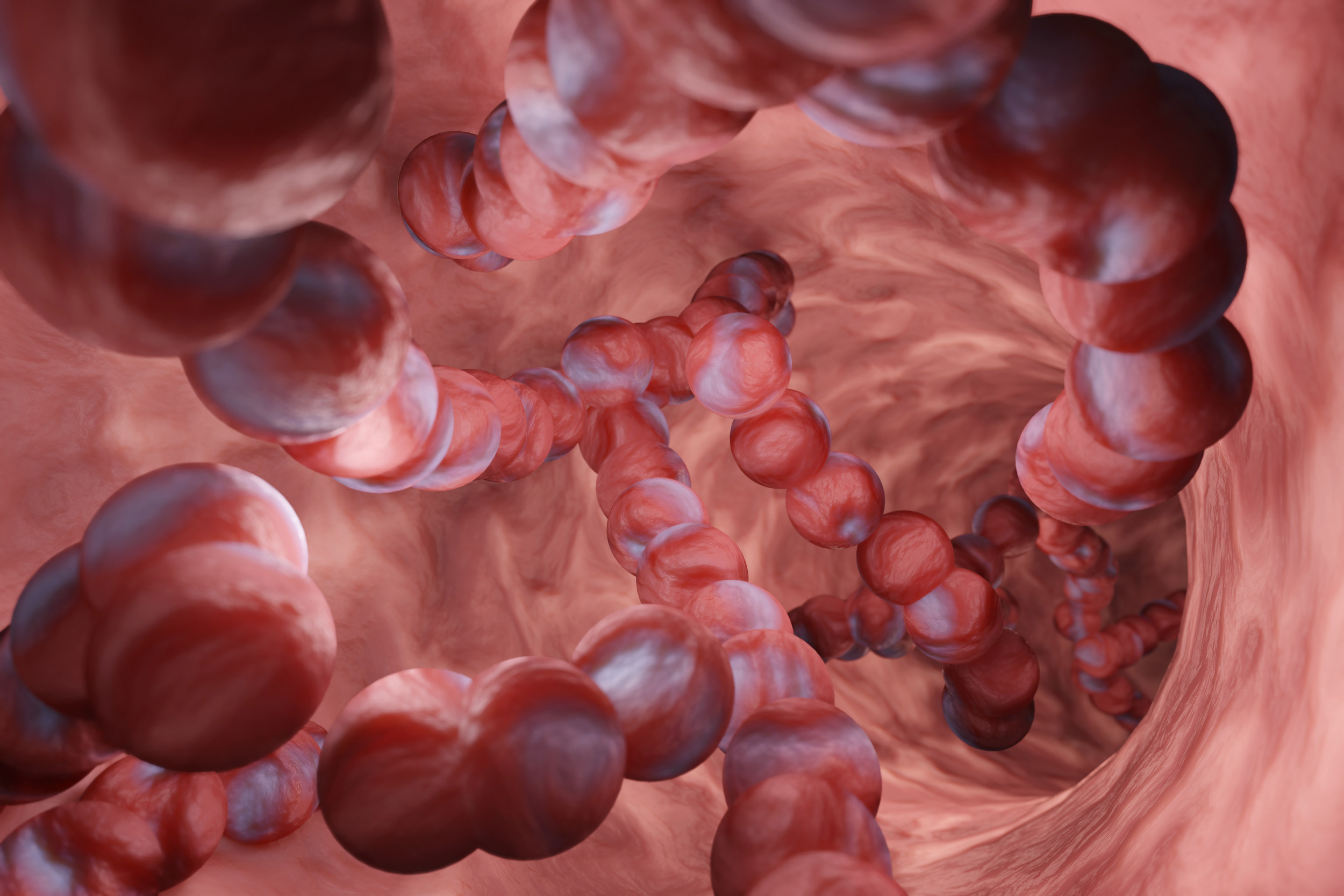There have been several news reports in recent months highlighting the rising cases of invasive Group A Strep across a number of developing countries, including the USA, Canada and the UK.
In this article, we share everything you need to know about invasive group A strep, the often dangerous infection that develops from Group A streptococcus (GAS).
What Is Group A Strep?

source: pinterst.com
Group A Strep is often referred to as ‘Strep A’ and is a common bacteria that lives in our throats and on our skin. A lot of people have this bacteria but do not know as they do not have any symptoms or illness. This is referred to as colonisation.
The Group A Strep bacteria can be passed from person to person through coughing, sneezing and touching. This is why it is important to regularly wash our hands with soap and to dispose of used tissues quickly.
Group A Strep can cause a series of mild infections including:
- Flu-like symptoms such as high temperature and aching body
- Sore throat and swollen tender glands or tonsilitis
- Scarlet fever (rough and bumpy red rash)
- Impetigo (scabs and sores that weep)
- Cellulitis (pain and swelling to the skin)
- Nausea and vomiting
There has been a spike in Scarlett Fever cases in children in recent years.
The above infections and symptoms tend to be mild and rarely become serious. However, if you or your child have any of the symptoms and you are concerned, contact your doctor ASAP.
What Is Invasive Group A Strep?

source: pinterest.com
Invasive Group A Strep occurs when the bacterium gets into parts of the body where it is not usually found. For example, the bacterium may enter the body’s tissue and bloodstream through an open wound or sore. Or, the bacterium may get onto the lungs if there is a breach in the respiratory tract following a viral infection.
Invasive group A strep can then cause a range of serious infections, including Necrotising fasciitis, necrotising pneumonia and Streptococcal Toxic Shock Syndrome. Although these are serious conditions, they are also relatively rare.
Symptoms of Streptococcal Toxic Shock Syndrome include high fever, low blood pressure, confusion, Scarlet Fever body rash, persistent diarrhoea and vomiting, breathing difficulties, kidney or liver damage and blood clotting.
Who Does It Affect?
Group A Strep and its associated infections and symptoms are more common in children, especially children aged 10 and below. Similarly, invasive group A strep is more common in children than adults.

source: pinterest.com
With that being said, adults can still contract Group A Strep infections, including invasive group A strep. In addition, people with weakened immune systems are more likely to contract group A step infections and invasive group A strep.
How Is It Diagnosed & Treated?
Many people never get a formal diagnosis for mild group A strep infections, as these can usually be treated at home with store-bought medicines. However, some of the mild Group A Strep infections will require antibiotics to treat them and therefore will require a visit to the doctor.
If you are concerned about yourself or your child, you can visit a doctor who will diagnose the group A strep infection by discussing the symptoms and examining the adult/child.
Some doctors will offer a rapid lateral flow test to confirm the presence of Group A Strep or if they suspect invasive Group A Strep.
Invasive group A strep and its associated infections can be very dangerous and in some cases deadly. They are treated with antibiotics and fluids that are administered in a hospital.
If you believe you have a Group A Strep infection, try to avoid close contact with others and sanitise your hands regularly.




